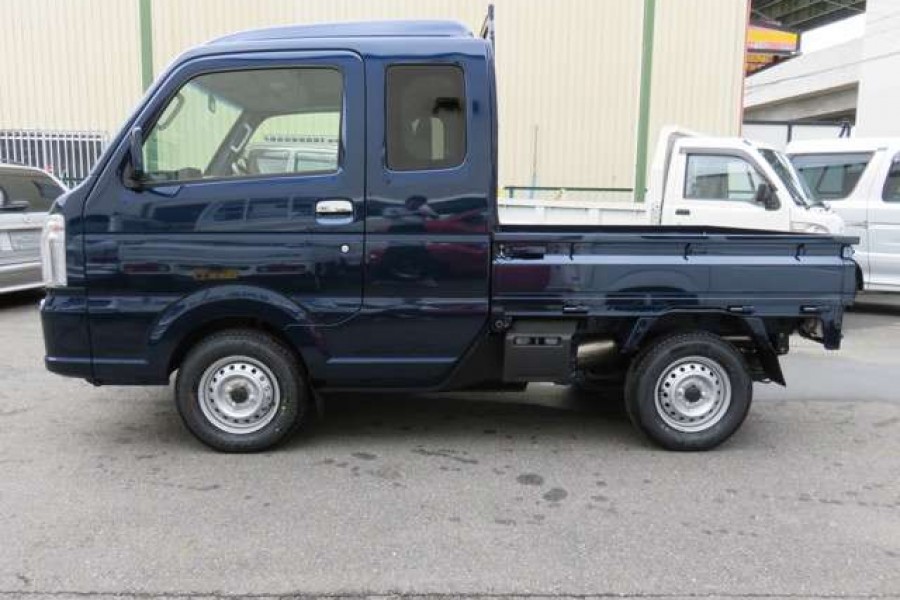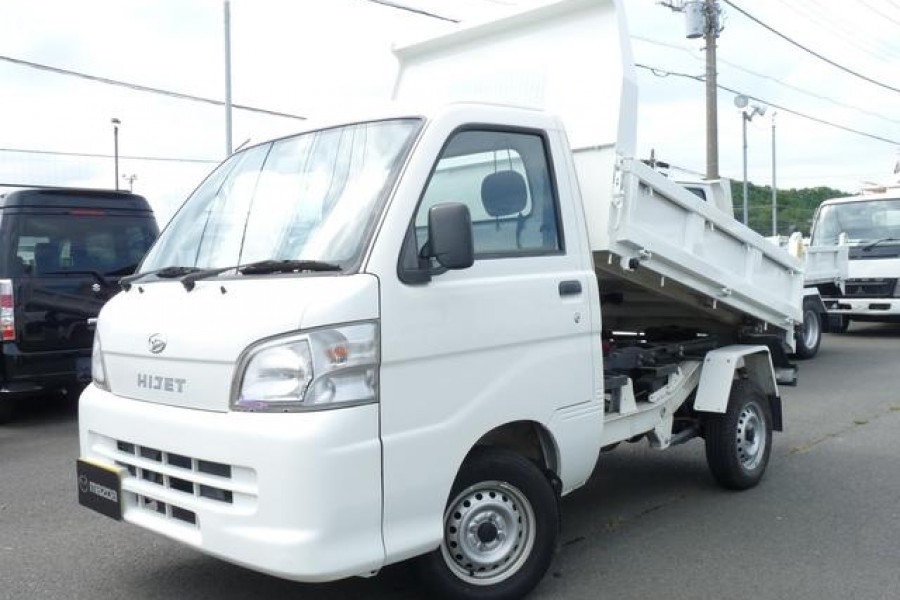Timing Belt Replacement In A Mini Truck – Steps
The process of replacing the timing belt in a minitruck is complex. It can be simple if you first assemble the necessary tools to do this work. Tools such as Socket sets, Torque wrench, Combination wrenches, Screwdrivers, Jack and Jack stands, and a new timing belt are necessary. In most vehicles, timing belts become faulty without issuing a warning. When your minitruck suddenly stops and will not start, the problem is likely to be with the timing belt. If you realize that the timing belt of your mini truck is not functional, check if the valve is in good condition before replacing the timing belt. Check if your service manual indicates that a faulty timing belt can destroy the valve. This guide captures step-by-step timing belt replacement in a mini truck.
Steps To Do Timing Belt Replacement In A Mini Truck
Buy a New Timing Belt
Before buying a new timing belt, ensure you know the year your minitruck was manufactured and its engine size. This information is necessary because many minitrucks have variations with the model year. When buying a new timing belt, ensure you also buy new gaskets and gasket adhesives. Most spare parts dealers will inform you what you need to buy before replacing your timing belt.
Remove the Old Timing Belt
Before removing the timing belt:
- Disconnect the negative battery wire.
- Locate the old timing belt and remove them.
- Assess the damage, and check whether a replacement or service is necessary.
Disconnect the Alternator Belt
There are some minitruck models which has the serpent belt. If yous has it, remove it to access the timing belt. Loosen the nuts holding the alternator, then pull it out. Remove other accessories like the power steering pump, alternator, and air conditioning compressor to access the timing belt easily.
Align the Timing Marks
Use a socket on the crankshaft to rotate the bolt on the engine. Rotating the bolt will align the timing mark on the crankshaft pulley with the zero degrees mark on the timing scale. After aligning the timing belt marks, confirm whether you need to remove the harmonic balancer before removing the timing belt cover then unscrew the screws attaching the timing belt Covers firmly. Removing the screws will make it easier for you to remove the timing cover from the engine.
Use the Service Manual to Loosen all the Mounting Bolts
These mounting bolts hold the belt tensioner in place. When they are loosened, it will be easy for the timing belt to come out. After loosening the belt tensioner, check if the tensioner pulley has any damage. During the check-up, grease the tensioner pulleys, which are dry.
Remove the Old Timing Belt
Remove the old timing belt by sliding it off the sprockets to install the new one. Fix the new belt and reassemble your minitruck.
Conclusion
Installing a new timing belt of a minitruck is not easy. You require a lot of time to do it. It will help if you do it under the guidance of a professional mechanic.



